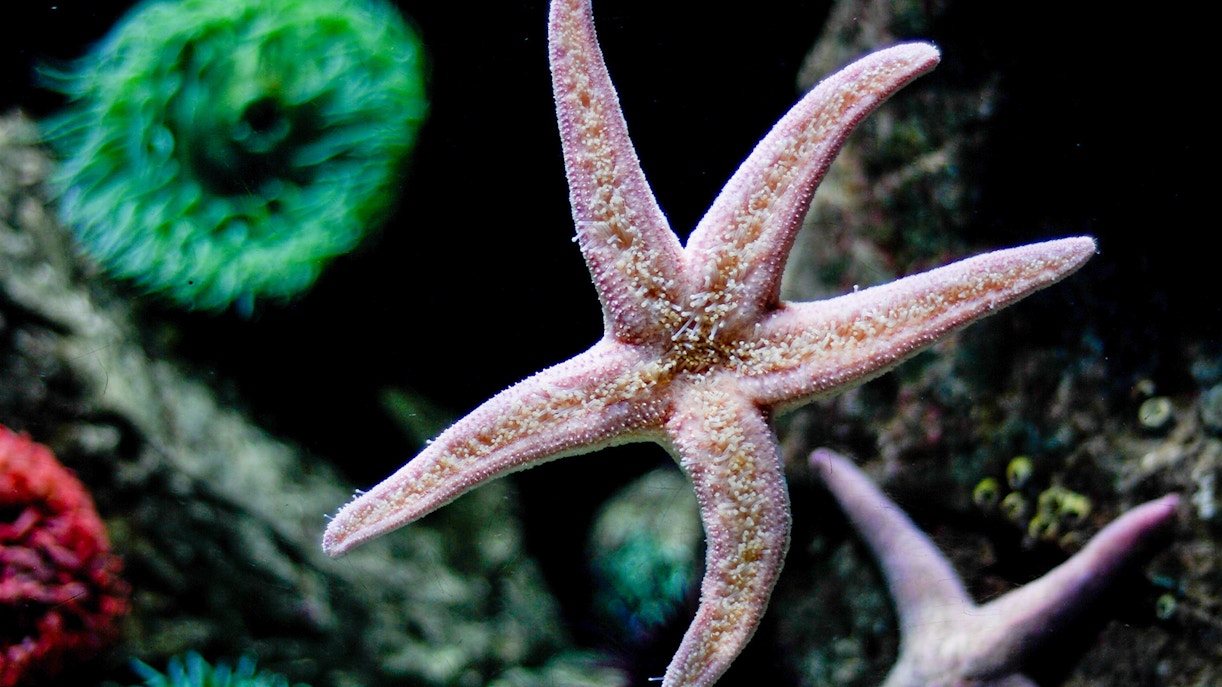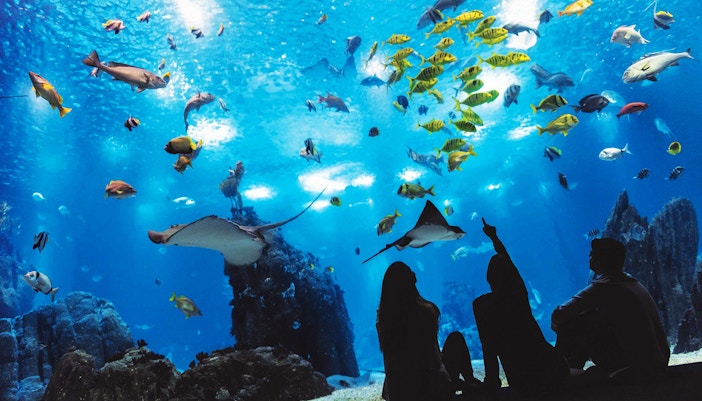The concept for the Lisbon Oceanarium was born in the late 1980s, when Lisbon was chosen as the host city for the 1998 World Exposition, centered around the theme of ‘The Oceans: A Heritage for the Future’. It was decided that a highlight of the event would be the opening of a huge aquarium, highlighting the significance of ocean conservation. Architect Peter Chermayeff and his team led the charge in planning and constructing the oceanarium alongside the expertise of marine biologist Dr. Joao Falcato.
Lisbon Oceanarium history explained
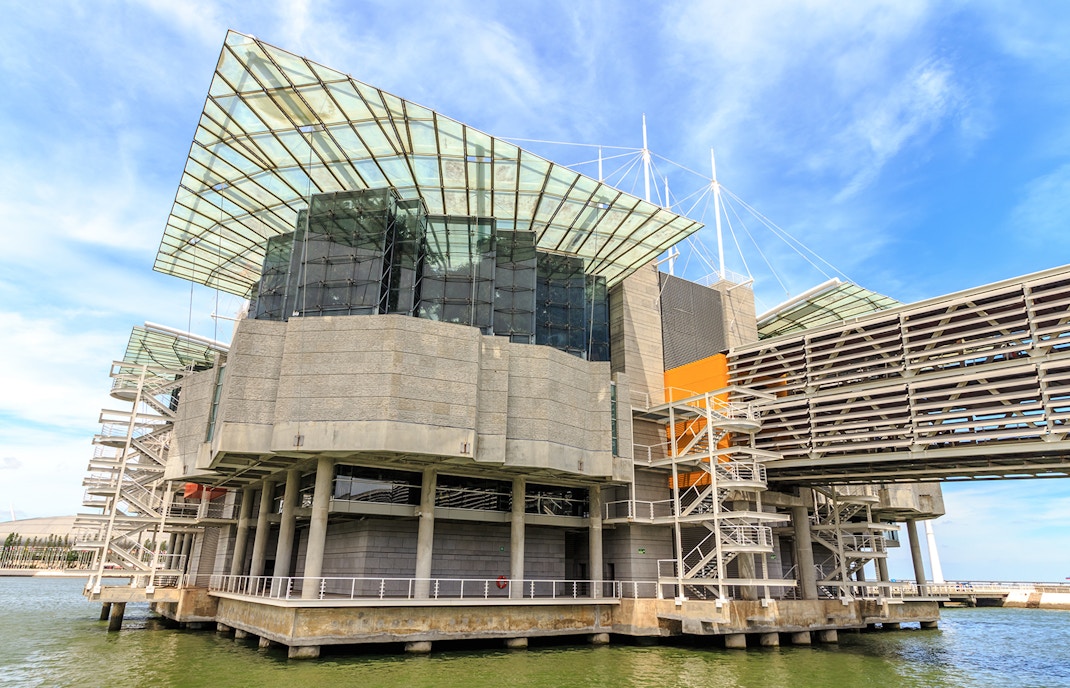
Inception and Planning
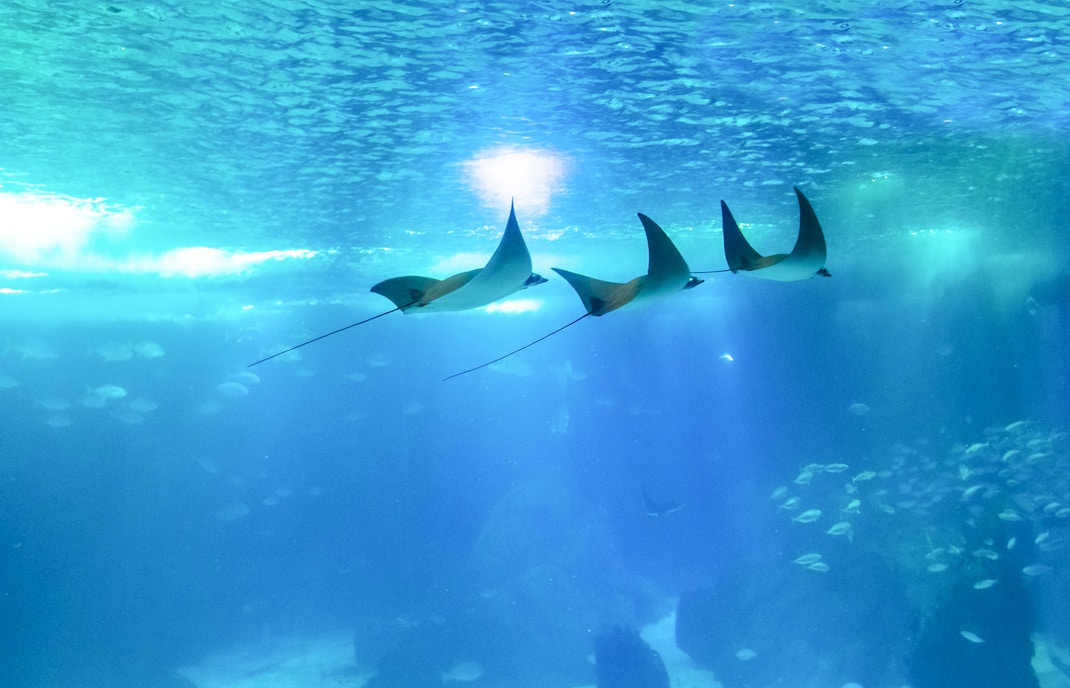
Inauguration and early years
The Lisbon Oceanarium was officially opened to the public on May 22, 1998, after its unveiling at the World Exposition. It quickly gained fame as the largest aquarium in Europe, boasting over 1.5 million gallons of water and housing more than 8,000 marine animals from 500 different species! The oceanarium was an instant hit, attracting over 1 million visitors in its first year of operation. It quickly became one of the most popular tourist attractions in Portugal and received international recognition for its innovative design and commitment to marine conservation.
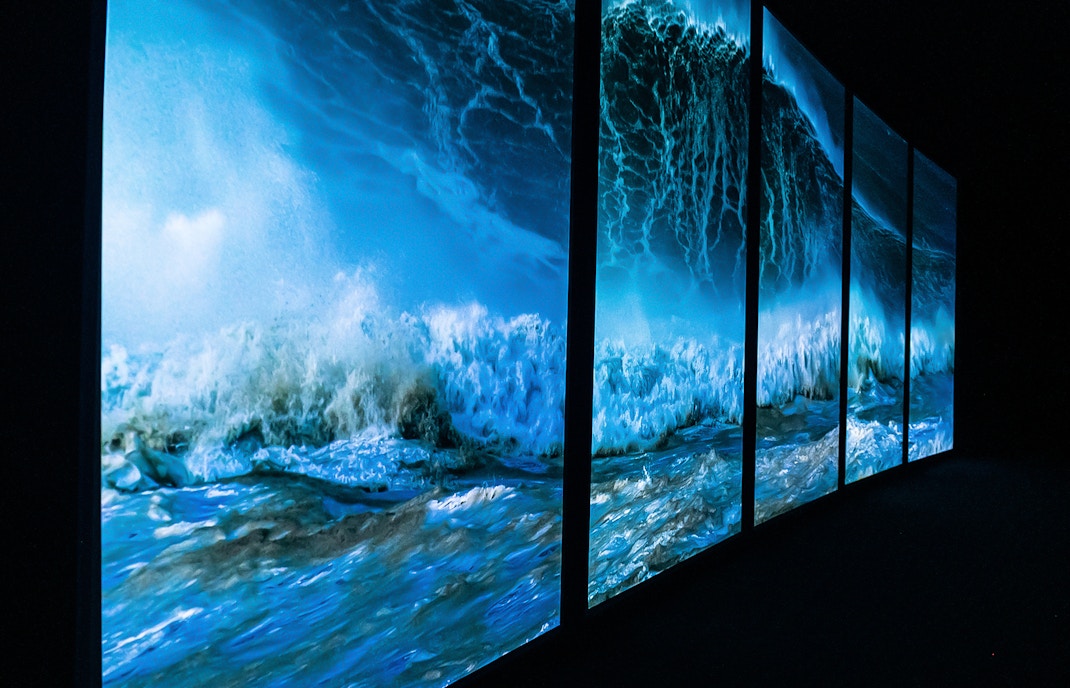
Expansion and architectural innovations
Since 2000, the Lisbon Oceanarium has continued to build upon its initial mission of promoting marine conservation and education. In 2011, the facility saw a significant expansion with the opening of the Sea Building (Edifício do Mar), designed by Portuguese architect Pedro Campos Costa. This extension has expanded exhibition and support areas and introduced new exhibitions and educational programs.
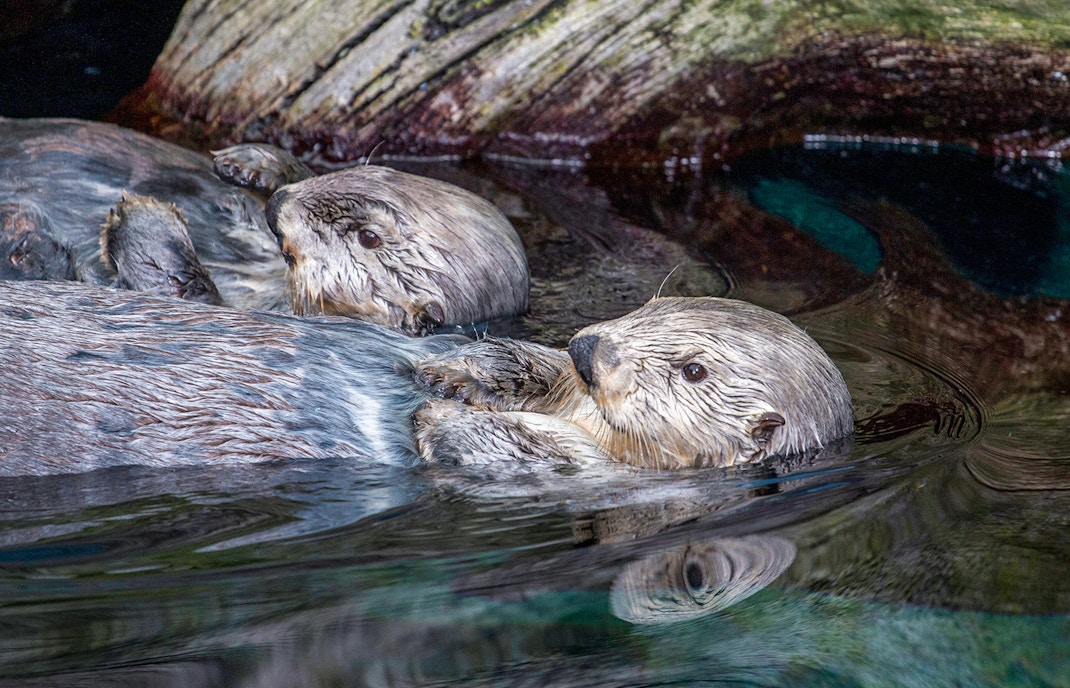
Notable exhibitions and ongoing educational efforts
One of the most notable exhibitions held at Lisbon Oceanarium is ‘Forests Underwater’, a nature aquarium designed by Japanese photographer Takashi Amano. Unveiled in 2015, this living art installation recreates tropical forest environments using Japanese gardening principles. This dynamic, evolving display educates visitors on the importance of preserving our natural world. Through such exhibitions and a broad range of educational activities, the Lisbon Oceanarium continues to raise public awareness about the urgent need for ocean conservation and sustainable environmental practices.
